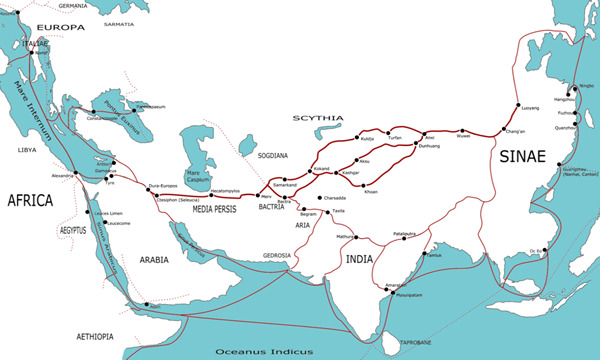Gerbils Replace Rats As Historical Plague Spreaders
It would appear that our hatred of rats for the past several hundred years may be due to a bit of mistaken identity. Scientists this week have published a paper which suggests that it wasn't so much rats that spread the bubonic plague across the planet, but gerbils. Your best buddy, the gerbil – the one you've got in a plastic tube cage sitting in your living room right now. He may have been guilty this whole time! All these hundreds of years, keeping silent for his ancestors, the real-deal spreaders of plague.
It's not necessarily time to jump directly to conclusions here, there's still a lot to prove. On the other hand, what researchers have found so far is fairly damning for the more family-friendly rodent.
Their research focused in Europe and in Asia with tree rings. Fine-grained records, if you will, exist in these trees showing climate change in both geological areas. Plague moves from rodents – carriers of plague – to humans during periods of climate shift.
If climate shift – shown in tree rings – matched up with known periods of plague outbreak, that area would be studied for current and historical populations of rodents.

Above: The Silk Road. Trade routes between Europe and the Mediterranean with Asia, largely credited with the vast spread of plague on both sea and land routes.
As it turns out, according to this study, there's no proof of a "sustainable reservoir" for the disease anywhere inside the European locations they studied.
In other words – the idea that rats in these areas held on to and spread plague when the time was right – may just have been a misunderstanding.
It's not so much that rats weren't able to spread plague as it was that gerbils – and other mammals – probably spread it as much or more than their less-loved cousins.

Much like the episode of South Park in which Japanese officials are lead to believe that whales and dolphins were responsible for WWII bombings, here it was rats that were put in place of gerbils – not so innocent are they!
Outbreaks matched up 16 possible times in and around Euro sea ports at times when climate change happened in Asia. Tree rings in Pakistan showed evidence that would support movement of plague from rodents to humans 16 times between 1346 and 1837 in which plague was then spread to Europe through sea ports.
In addition to great gerbils – which still carry plague bacterium (Yersinia pestis) in Central Asia – many creatures may have carried plague from Asian ports to Euro ports.
Rodents, fleas, and humans may also have been responsible for the spread in a big way.
You can see the full paper through the Proceedings of the National Academy of Sciences of the United States of America in a paper entitled "Plague dynamics are driven by climate variation." This paper is in vol. 103 no. 35 Nils Chr. Stenseth, 13110–13115, doi: 10.1073/pnas.0602447103.
